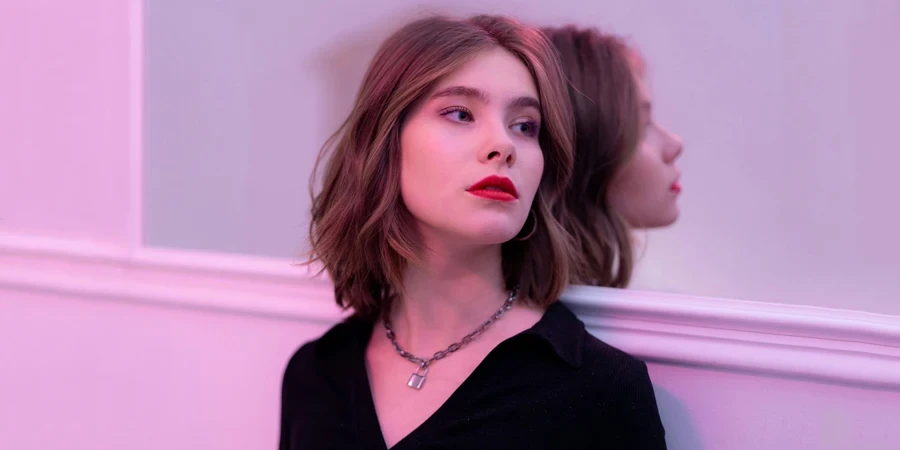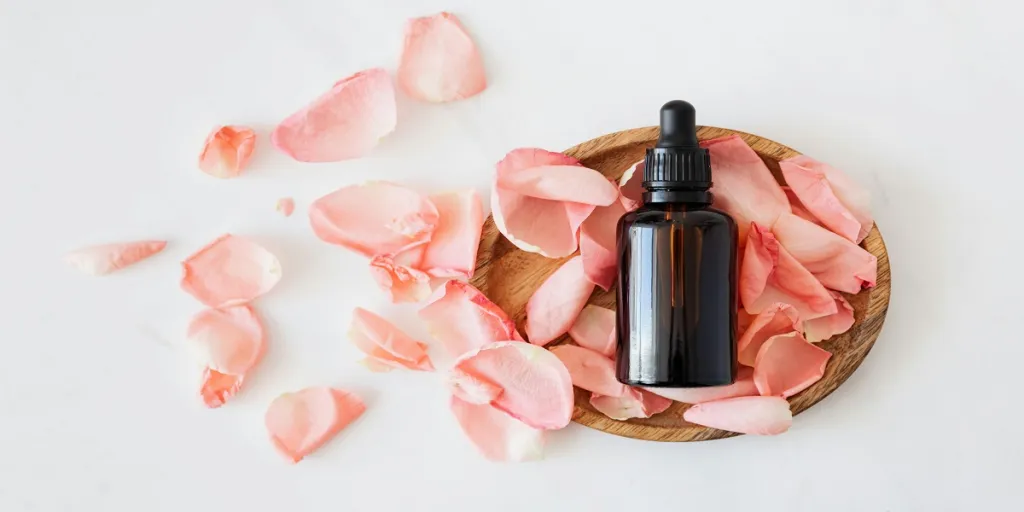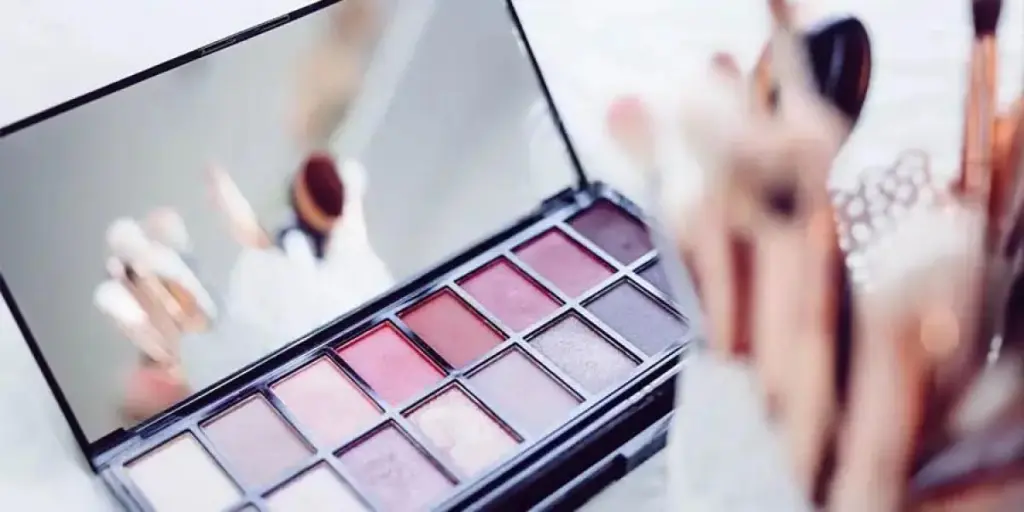Table of Contents
Introduction
New interpretations of classic cuts
Revolutionary new haircuts
Modern texture transformations
Innovative styling techniques
Customization trends
Looking ahead
Emerging color placement techniques
Conclusion
Introduction
The hairstyling landscape of 2025 marks a significant shift in how we approach personal style. This year brings a fascinating blend of innovative techniques, sustainable practices, and reimagined classics. Whether you’re considering a complete transformation or seeking subtle updates to your current style, understanding these new trends is crucial for making informed decisions. From revolutionary cutting methods to groundbreaking styling approaches, these fresh perspectives are reshaping how we think about hair.
New interpretations of classic cuts
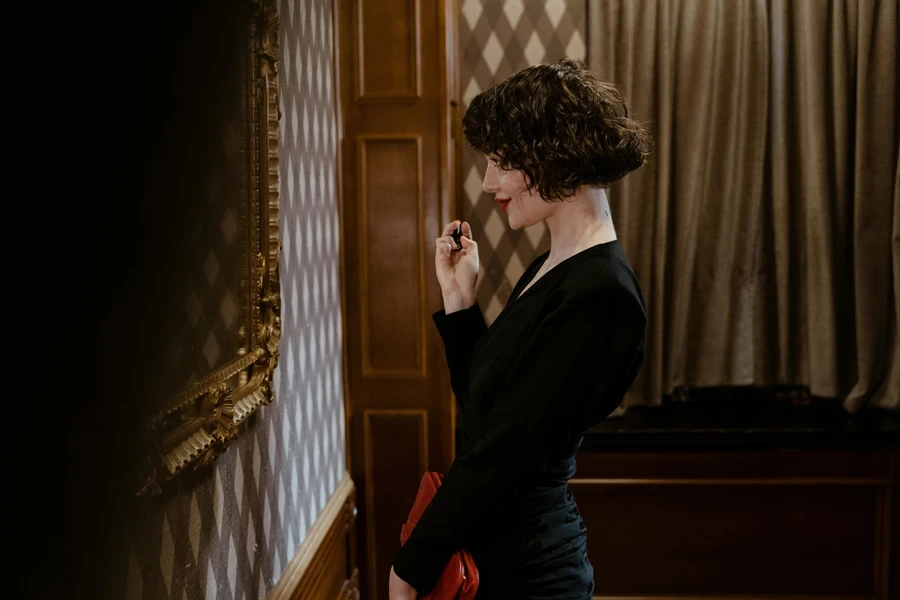
The blunt collarbone cut has evolved into what stylists are calling the “modern precision cut.” This updated version features micro-layering at the ends, creating movement while maintaining the clean line that made the original so popular. The key difference lies in the cutting technique – stylists now use point-cutting at a 45-degree angle to add invisible layers that create natural movement.
The traditional bob has transformed into the “baroque bob,” characterized by its sophisticated wave patterns and face-framing layers. This new interpretation incorporates subtle bends and curves that add dimension without sacrificing the classic silhouette. According to Zanducare, this style has seen a 40% increase in requests during the first quarter of 2025.
The pixie cut has undergone perhaps the most dramatic transformation. The “textured pixie cut” combines geometric precision with organic texture, creating a highly personalized look that works with, rather than against, natural hair patterns. This new approach allows for more versatility in styling while maintaining the low-maintenance appeal of traditional pixies.
Face-framing techniques have also evolved with the introduction of “chandelier layers.” Unlike traditional face-framing cuts, these layers start from the crown and cascade down in a graduated pattern, creating a halo effect that enhances facial features while providing maximum movement and volume.
Revolutionary new haircuts
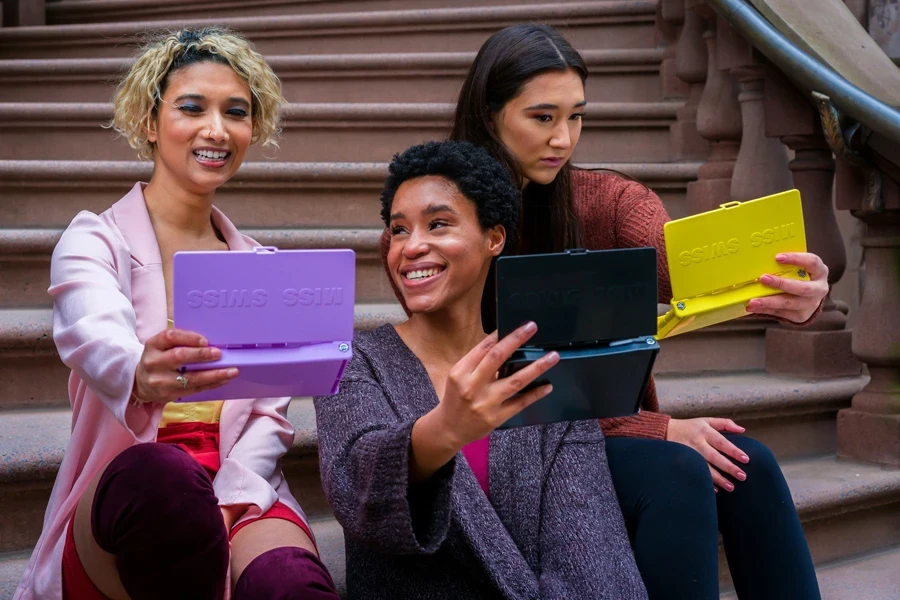
The hair industry has embraced several groundbreaking cutting techniques in 2025, introducing styles that weren’t possible with traditional methods. The “butterfly effect cut,” a technique that creates multiple layers of varying lengths, has become particularly notable. This innovative approach involves cutting hair at specific angles to create natural movement and volume, especially beneficial for those with fine or medium-textured hair.
Another revolutionary development is the “orbital layering” technique. Unlike traditional layering methods that cut hair at standard angles, orbital layering considers the natural growth pattern and head shape to create a truly three-dimensional effect. This method has proven especially effective for curly and wavy hair types, allowing for better shape retention and easier styling.
The “asymmetric flow cut” represents another significant innovation. This technique combines precision cutting with intentional asymmetry, creating a dynamic look that appears different from various angles. What makes this cut truly revolutionary is its ability to work with the hair’s natural fall pattern, resulting in a style that looks intentionally uneven yet perfectly balanced.
The “negative space cut” has emerged as a game-changer for thick hair. This technique involves removing bulk from specific areas while maintaining length, creating interesting visual effects and making thick hair more manageable. According to recent salon data, this technique has reduced styling time by up to 50% for clients with dense hair.
Modern texture transformations
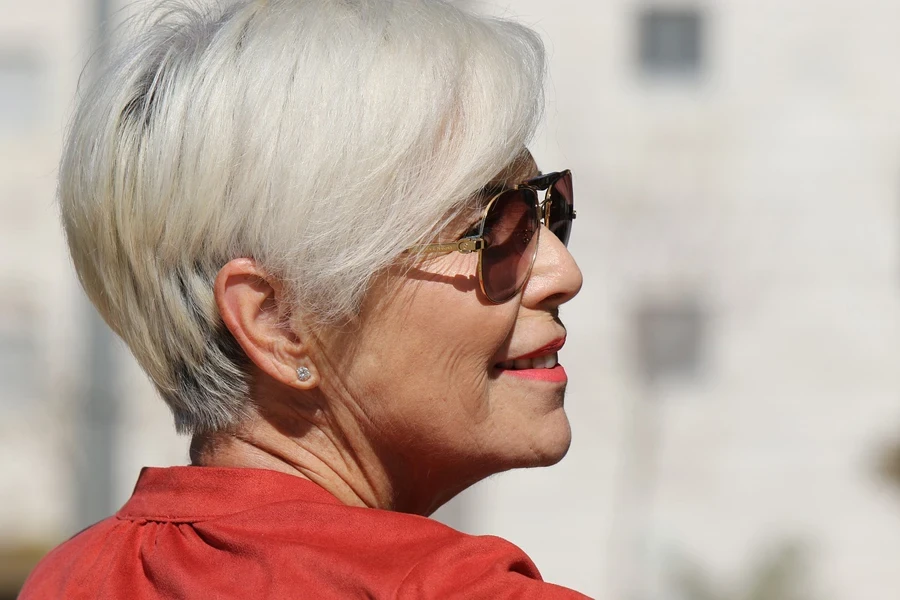
The texture revolution of 2025 has introduced new approaches that work with, rather than against, natural hair patterns. The “cloud softening” technique has emerged as a breakthrough for those with coarse or resistant hair. This method uses a combination of strategic cutting and specialized treatments to create a softer, more manageable texture without compromising the hair’s natural character.
Heat-free texture manipulation has gained significant traction. The “air sculpting” method, developed by leading stylists, uses specialized braiding patterns and moisture-setting techniques to create lasting waves and curls without thermal damage. This approach has become particularly popular among those seeking sustainable styling alternatives.
For straight hair, the “silk weaving” technique creates a subtle, natural-looking texture that lasts several days. This method involves weaving sections of damp hair in a specific pattern and allowing them to air dry, resulting in gentle waves that appear completely natural. The technique has gained popularity for its ability to add movement without causing damage.
Curly hair has seen a revolution with the “spiral mapping” approach. This customized cutting method analyzes individual curl patterns and creates a shape that enhances natural curl formation. Stylists now use digital curl pattern analysis to determine the most flattering cut for each client’s unique texture.
Innovative styling techniques

The introduction of “memory styling” has transformed how we approach daily hair maintenance. This technique involves training the hair to hold certain positions using a combination of protein treatments and strategic styling, reducing daily styling time significantly.
“Pressure point styling” represents another breakthrough. This method identifies key points on the head where subtle adjustments in styling can create maximum impact. By focusing on these strategic areas, stylists can create dramatic effects with minimal product use and manipulation.
The “hybrid finishing” technique combines traditional and modern approaches. It uses a mix of air-drying and strategic heat application to create long-lasting styles that require minimal touch-ups. This method has proven particularly effective for busy professionals who need their style to last throughout the day.
Customization trends
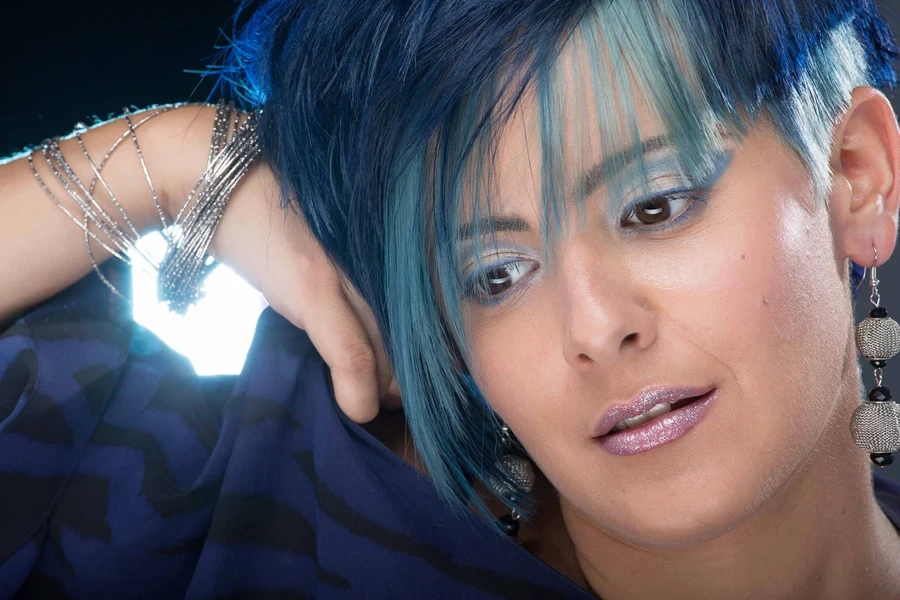
The personalization of hairstyles has reached new heights in 2025, moving beyond basic face shape considerations. The “digital mapping” system now analyzes lifestyle factors, hair growth patterns, and daily routines to recommend truly personalized styles. This technology has revolutionized the consultation process in leading salons worldwide.
Seasonal customization has emerged as a key trend. Stylists now create adaptable cuts that transition smoothly between seasons, incorporating subtle variations that accommodate changing weather conditions and lifestyle needs. These “climate-responsive cuts” include strategic layers that can be styled differently as seasons change.
The “bio-individual approach” considers factors like hair porosity, growth patterns, and natural oil production to create highly personalized styling regimens. This method has led to the development of custom-blended products and styling techniques tailored to individual hair characteristics.
Looking ahead
As we move through 2025, the focus continues to shift toward sustainable, personalized hair care solutions. The integration of technology with traditional styling methods is creating more efficient, longer-lasting results. Industry experts predict further innovations in heat-free styling and personalization technologies in the coming months.
For those considering a new hairstyle, the key takeaways include:
- Consider your natural texture and daily routine when choosing a new style
- Discuss customization options with your stylist
- Look for styles that can adapt to different seasons and occasions
- Focus on sustainable styling methods that maintain hair health
The future of hairstyling emphasizes individuality, sustainability, and adaptability. These new approaches not only create beautiful styles but also promote healthier hair and more manageable maintenance routines.
Emerging color placement techniques
New approaches to color placement have emerged to complement these cutting techniques:
- “Shadow Contouring”: Strategic color placement that creates the illusion of depth and movement
- “Light Mapping”: A technique that places lighter pieces to enhance the hair’s natural movement patterns
- “Color Architecture”: Using different tones to emphasize specific cuts and layers
Conclusion
The hairstyling landscape continues to evolve with a focus on personalization, sustainability, and adaptability. These new cutting and styling techniques reflect a deeper understanding of individual hair characteristics and lifestyle needs. As technology and traditional craftsmanship merge, we’re seeing more innovative approaches that prioritize both style and hair health. The key to choosing a new hairstyle in 2025 lies in finding the right balance between current trends and personal requirements, ensuring a look that’s both fashionable and sustainable for everyday wear.
